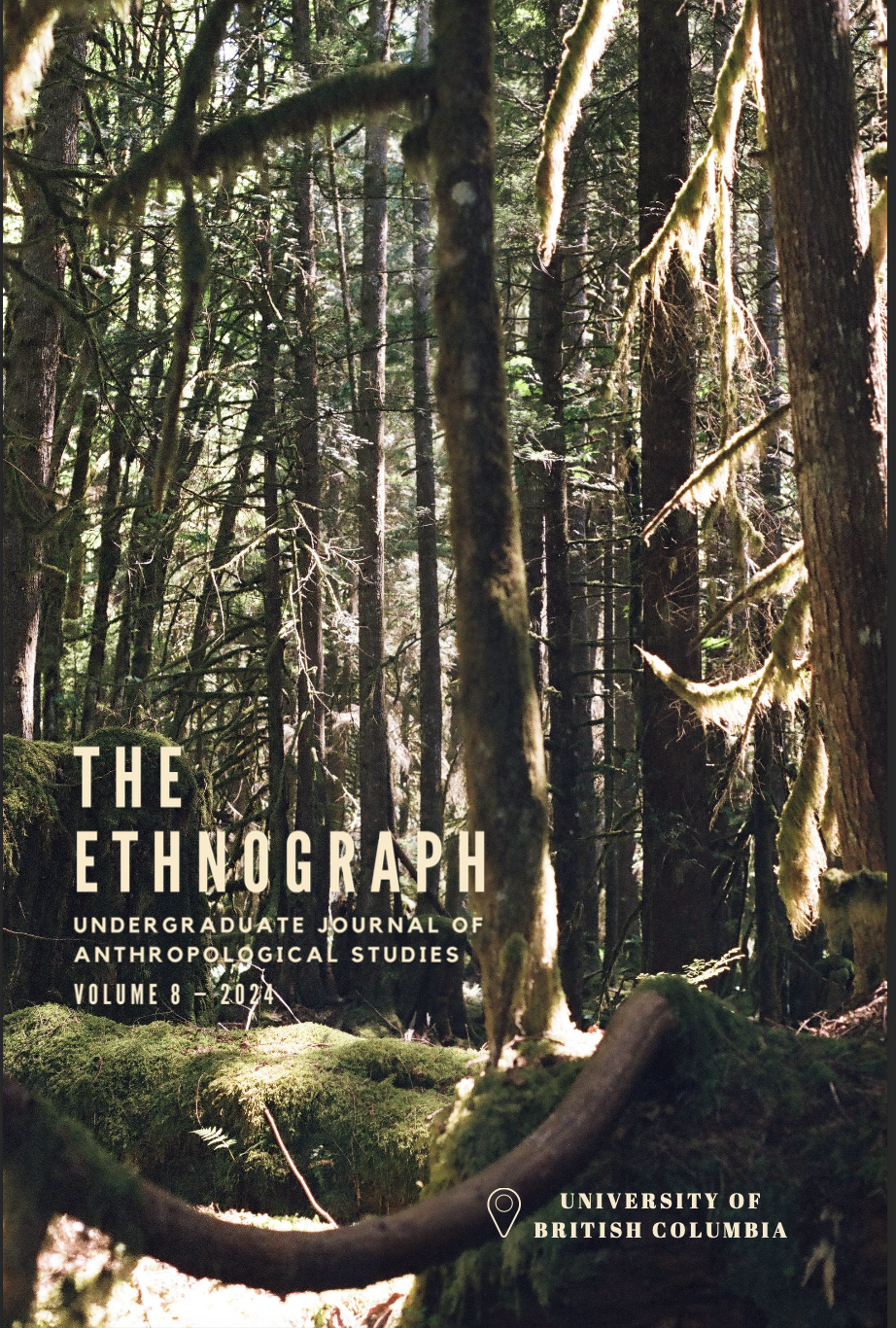Contemporary Fairy Lore and The Tooth Fairy
Structures to See Girlhood and Growing-Up in Parent-Child Relationships
Abstract
The use of supernatural narratives and folk beliefs reflect societal beliefs, desires, and fears. In Canada and the United States of America, one of the largest folk beliefs is the Tooth Fairy. This paper explores three phases of fairy representations: The folkloric fairy, the Victorian-era literary fairy, and the contemporary fairy. The contemporary fairy is grounded in auto-ethnographic reflections of familial folk fairy beliefs and early 2000s fairy representations. This paper describes fairy folk traditions like the Tooth Fairy as structures to help process fears of growing up too quickly for both the child and adults. Additionally, this paper views the shift of fairies in early 2000s media and literature as part of a broader capitalist and patriarchal narrative. Supernatural narratives of fairies currently act as a structured rite of passage and a model to young girls for their desired attitudes and roles as they grow up.
Downloads
Published
Issue
Section
License
Copyright (c) 2024 Teagan Dale-Johnson

This work is licensed under a Creative Commons Attribution-NonCommercial-NoDerivatives 4.0 International License.

